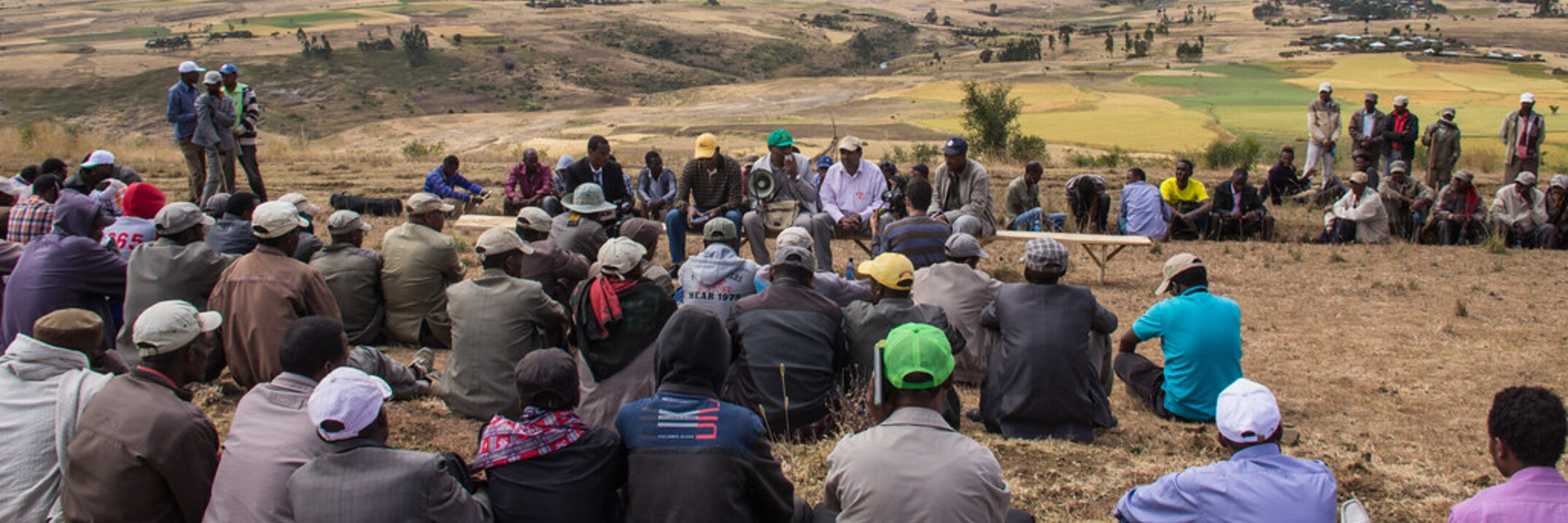This publication is designed to help innovative farmers, machinery manufacturers, extension specialists, and researchers learn more about conservation agriculture (CA) in the Middle East, especially the practicalities of implementing the various CA...


